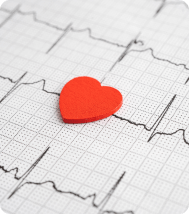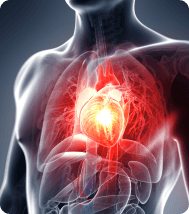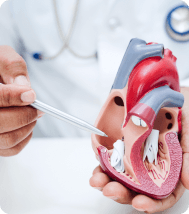Cardiac Stress Testing
A cardiac stress test is an exercise-based diagnostic method that observes how the heart responds to physical activities. It also determines your risk of having coronary heart disease, and measures how much stress your heart can handle when subjected to increased stress before experiencing the onset of symptoms like decreased blood flow and arrhythmia.
Doctors normally recommend cardiac stress testing for patients who exhibit symptoms of heart disease. If you’ve already been diagnosed with a heart condition, the test is used to assess the effectiveness of your current treatment plans. Fitness-wise, the test helps cardiologists come up with an exercise regimen that is safe and suitable for your specific case.


Types of Stress Testing
There are three main types of stress tests, which are:
Standard Exercise Stress Test
This involves walking on a treadmill or riding a stationary bike at increasing levels of intensity as the test progresses. An ECG machine measures and records your heart’s electrical activity (rhythms) through electrode patches (placed on the chest, arms and legs) both while exercising and at rest. At the same time, a cuff is attached to the arm to measure blood pressure. You may also be requested to breathe into a special mouthpiece to better monitor your breathing.
Stress Echocardiography
This also involves exercising on a treadmill or stationary bike, but instead of using an ECG machine, it uses soundwaves to capture detailed images of the heart while exercising and at rest. Stress echocardiography provides an accurate visualization of the heart’s chambers and valves, allowing the doctor to determine if there are damages or areas of poor blood flow in the heart.
Pharmacologic Stress Test
For patients who have decreased functional ability and hence are unable to participate in the exercises, pharmacologic stress tests are a good alternative. Here, a special drug is injected to increase the flow of blood to the heart, thus mimicking the stress experienced when exercising.
Blood pressure and heart rate can then be further examined with either an echocardiogram or radionuclide image testing.












